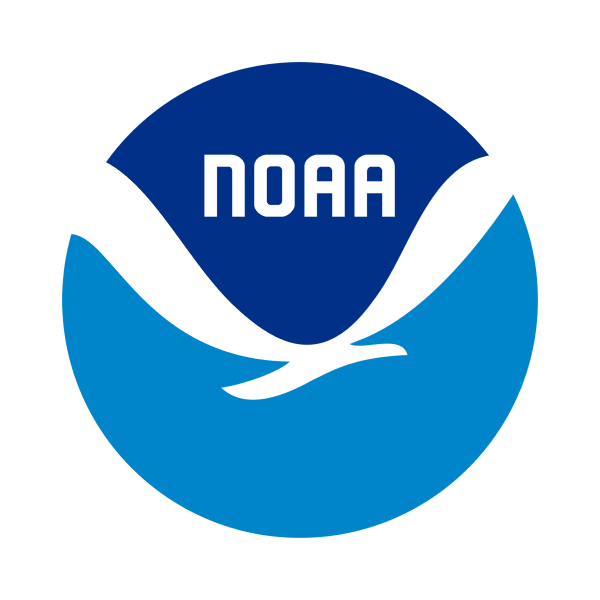George Mason University and community partners led a project to inspire a reduction in debris from single-use water bottles at two high schools in Prince William County, Virginia.
Type of Project: Prevention
Region: Mid-Atlantic
Project Dates: September 2020 - January 2023
Who was involved?
With support from the NOAA Marine Debris Program, George Mason University collaborated with Keep Prince William Beautiful , Prince William County Public Works Watershed Division, Prince William Soil and Water Conservation District, Northern Virginia Regional Commission, and Prince William County’s Freedom and Patriot High School within Prince William County Public Schools to reduce student dependence on single-use water bottles and prevent them from becoming marine debris.
What was the project and why is it important?
Single-use plastics are often used for a brief amount of time before being discarded, and single-use beverage bottles and caps are consistently among the top ten items recorded during the International Coastal Cleanup.
This pilot project aimed to raise awareness of single-use beverage bottles, connect participants to the impacts of marine debris on the environment, expand participation in clean-up efforts, and change behaviors around the use of disposable water bottles at two high schools.
What were the results?
The project engaged with 20 teachers and 40 Prince William County high school student delegates fromFreedom High School and Patriot High School. George Mason University utilized community-based social marketing principles to raise awareness of and connect participants to the impacts of marine debris, expand participation in clean-up efforts, and reduce a source of marine debris at the high schools. Students developed campaigns that included collecting data at schools, surveying barriers to and benefits of using refillable bottles, and leading social media campaigns. Partners developed a website to showcase the various components of this project, including a series of videos.
For more information about this project, visit the Marine Debris Program Clearinghouse.
 An official website of the United States government.
An official website of the United States government. 
